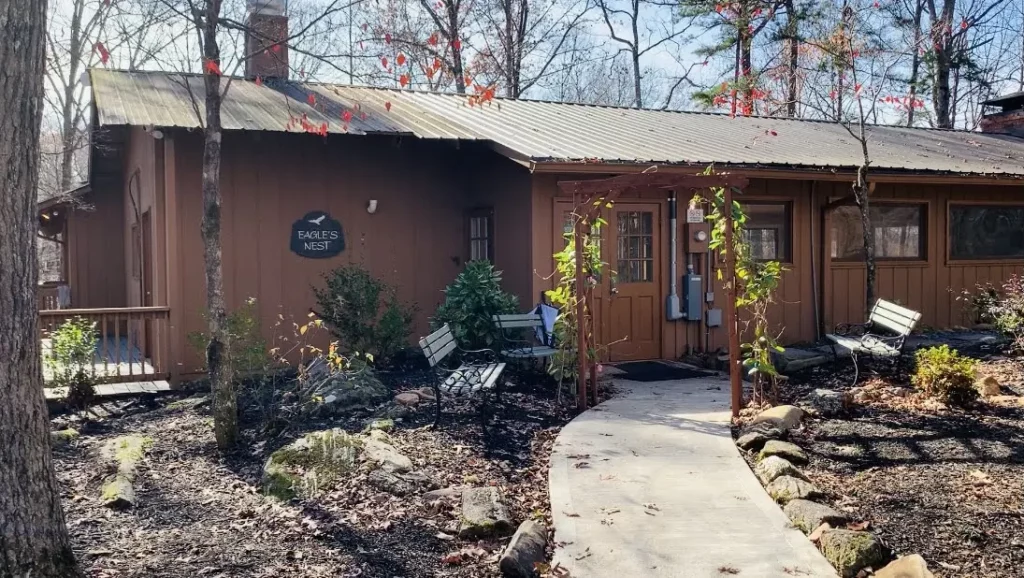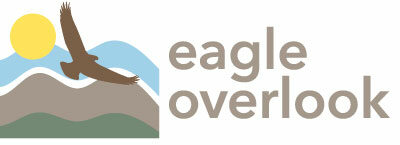
Eagle Overlook Recovery for Adolescents
Highest-Quality Treatment
Personalized Treatment
We create an individualized treatment plan for every client. This is always a collaborative effort with the client, their family, a master’s level clinician, a recovery advocate, and a physician. Part of our mission as a clinical staff is to meet the client where he or she is in their recovery process and to take the approach that best fits their unique needs, while providing the necessary guidance and accountability to lay the groundwork for long-term recovery. This treatment plan also includes a path of action for continued treatment after discharge.
Treatment for Dual Diagnosis or Co-Occurring Disorders
Teens often begin abusing drugs and alcohol as a form of self-medication for underlying mental health issues. As a result, many of our clients have what is referred to as “co-occurring disorder” or “dual diagnosis,” meaning that they require treatment for substance use disorder and other mental health concerns.
Our founder, CEO, and medical director, Dr. Aflatoon, is state licensed and board certified in both general psychiatry and addiction psychiatry, equipping him and his team to treat substance use disorder along with any number of presenting mental health concerns clients may be struggling with.
Professionally-Trained Medical and Therapeutic Staff
The treatment team consists of the medical director, registered nurse, clinicians, and recovery advocates. Our staff members bring a diverse set of backgrounds and skills sets to the program. They go through an extensive orientation process in which they receive formal training on adolescent development, CPR, crisis intervention techniques, and cultural diversity. On-site lab testing and medication management are provided to help clients maintain abstinence while recovering from a substance use disorder.
Unique Environment
Intimate Treatment Environment
Our customized approach requires a smaller client population. Our program is limited to 20 clients, ensuring personalized and individualized care. Counselors are assigned a maximum of 8 clients to ensure attentive, individualized care for the client and their family.
Campus
Peaceful, secluded, and distraction-free, our facility is located on approximately 54 wooded acres near the Southern Region of the Appalachian Mountains.
Accommodations include two clients per bedroom and bathroom, providing a spacious living area and privacy. Lodging facilities are equipped with security systems to ensure the safety of our clients.
Warm Community Environment
Many people are under the impression that addiction treatment occurs in a sterile, cold, hospital-like environment. Our clients and families are relieved to find that we offer an environment that fosters wellness, recovery, and a sense of community without sacrificing professionalism, excellent medical care and clinical expertise.
Holistic Programming
Programming at Eagle Overlook includes, but is not limited to, individual, group, and family therapy. In addition to therapy, we provide psychoeducation classes, introduction to self-help groups such as AA/NA, Smart Recovery, and Refuge Recovery, structured activities, expressive therapies, and experiential/wilderness programs.
Family Participation
Family education groups and family therapy are an integral part of our program, and family involvement is encouraged. Education groups for family members are schedules for Saturdays. Family therapy, involving the client and their family members, is offered on both weekdays and Saturdays.
Full & Varied Daily Schedule
A typical day consists of study time, group therapy, psychoeducation, structured or expressive activities, individual counseling, self-help groups, recreational activities, and appointments with the medical director. Weekends are also structured with activities to include group therapy, family education, family therapy, structured activities, spirituality groups, recreation, and visitation and/or passes.
Behavior Management
Our clinical staff is trained in verbal de-escalation techniques, adolescent behaviors and attitudes, and positive reinforcement methods in lieu of punitive and negative consequences for acting out behaviors. To address negative behaviors, staff will implement alternate therapeutic modalities that are appropriate for the client’s age, intelligence, emotional makeup, and past experiences.
